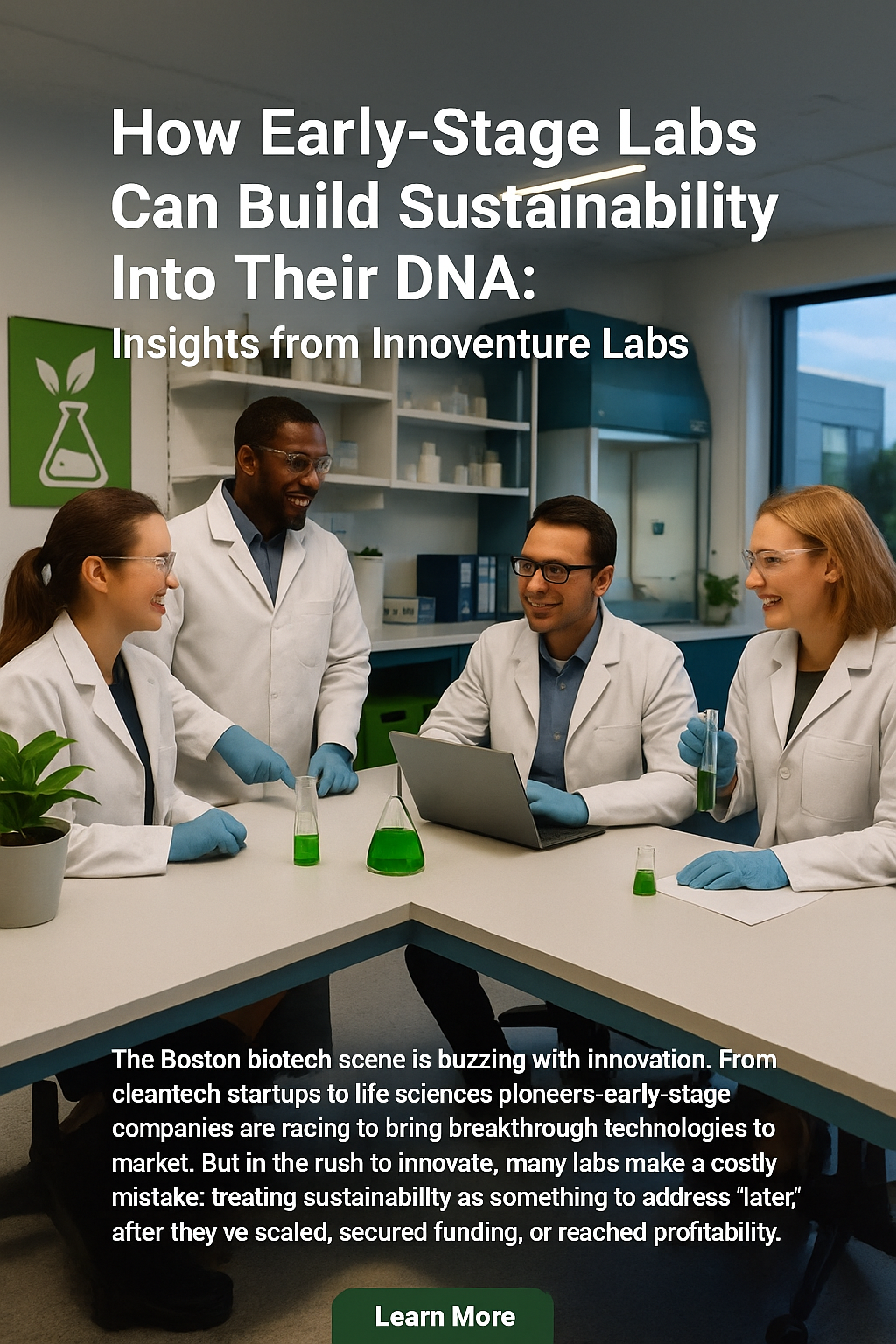The Hidden Cost of Single-Use Plastics in Labs: 5 Strategies for Reducing Waste

The Hidden Cost of Single-Use Plastics in Labs: 5 Strategies for Reducing Waste
In modern research labs, single-use plastics have become ubiquitous. Disposable items offer convenience and sterility. Pipette tips and gloves to sample bags and cell culture plates, Oh My! This reliance on single-use plastics comes at a steep environmental cost.
Each year, research laboratories generate a staggering 5.5 million tons of plastic waste. That's enough waste to cover an area 23 times the size of Manhattan ankle-deep in discarded plastics. This waste persists in landfills and oceans for centuries. It harms wildlife, pollutes ecosystems, and threatens human health.
As responsible scientists, we must find ways to reduce our plastic footprint. With care, plastic waste reduction won't affect research integrity. Here are five strategies labs can adopt to curb plastic waste:
1. Embrace Reuse and Refill Culture
Many plastic items in labs, such as wash bottles and weighing boats, are washable. Establish a lab-wide policy to reuse these items whenever safe and practical. For example, wash and refill plastic media bottles from bulk stock. This simple change can dramatically cut waste generation.
Invest in durable, autoclavable plastics that can withstand repeated cleaning. Train lab members on proper washing and sterilization protocols to ensure safety. By fostering a culture of reuse, labs can reduce their plastic consumption.
2. Switch to Biodegradable Alternatives
For single-use items that aren't reusable, consider switching to biodegradable plastics. Made from materials like corn starch or sugarcane, they decompose quickly and safely.
Many suppliers now offer biodegradable versions of common lab consumables. Their offerings include: petri dishes, centrifuge tubes, and even gloves. These products may be more expensive. But the long-term environmental benefits are well worth the investment.
When choosing biodegradable plastics, look for reputable brands that meet industry composting standards. Ensure your lab has access to appropriate composting facilities for proper disposal.
3. Opt for Glass or Metal
Glass or stainless steel can replace plastic. These alternatives offer several advantages: they're autoclavable, chemical-resistant, and infinitely recyclable.
For example, use quartz or glass spectrophotometry cuvettes instead of plastic. Replace plastic beakers and graduated cylinders with durable and reusable glass.
When making the switch, choose high-quality, lab-grade glassware and metals. This means that they can withstand repeated use and sterilization. Reduce breakage and extend glassware's lifespan by investing in proper storage solutions.
4. Practice Rightsizing and Inventory Management
Labs often generate waste by over purchasing supplies or allowing products to expire. To combat this, adopt a rightsizing approach to procurement. This means buying only what you need in the quantities you'll use.
Work with your suppliers to find the most appropriate pack sizes for your lab's needs. Ignore bulk discounts if the extra supplies will likely go to waste. Use a first-in, first-out (FIFO) inventory system. This ensures older products are used before they expire.
Conduct regular inventory audits to identify overstock items or those nearing their expiration. Share surplus supplies with neighboring labs. You can even donate them to educational institutions to prevent waste.
5. Start a Lab Recycling Program
Even with reduction and reuse efforts, some plastic waste in labs is inevitable. That's where recycling comes in. Establish a lab recycling program to divert plastic from landfills.
Start by educating lab members on proper recycling procedures. Provide clear guidelines on which items can be recycled and how to prepare them (e.g., removing caps, rinsing, etc.). Set up dedicated recycling bins. Make sure they're in convenient locations with clear labels to avoid contamination.
Partner with a reputable recycling company that specializes in handling lab plastics. Many standard recyclers don't accept lab waste due to contamination concerns. So finding a specialized provider is crucial. Work with your recycling partner to establish a collection schedule. This ensures compliance with all relevant regulations.
Conclusion:
The environmental impact of single-use plastics in labs is too significant to ignore. By adopting these five strategies – reuse, biodegradables, glass/metal alternatives, rightsizing, and recycling. Research labs can dramatically reduce their plastic waste generation.
Change starts with individual action, but it can't stop there. Share these best practices with your colleagues and advocate for lab-wide sustainability policies. Together, we can transform scientific research culture to embrace progress and environmental stewardship.
.jpg)

